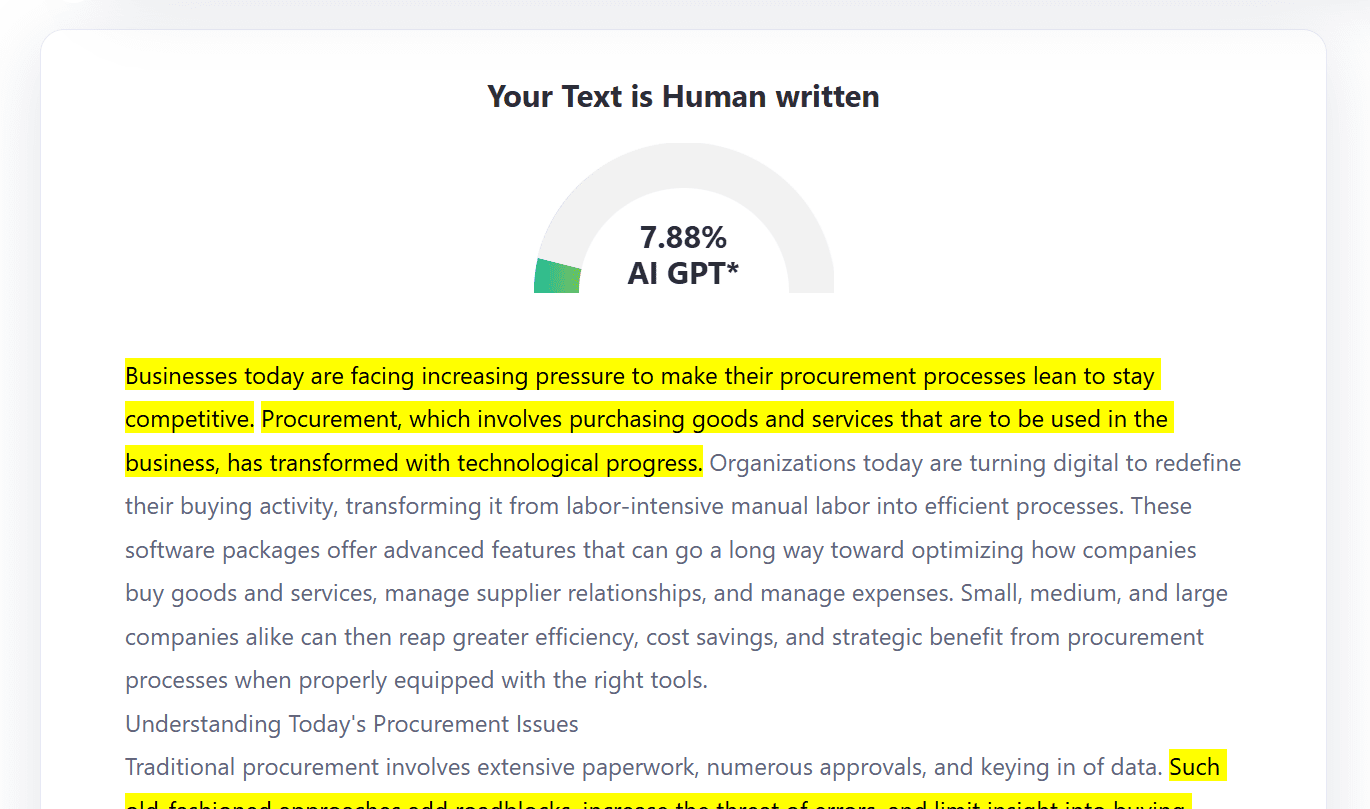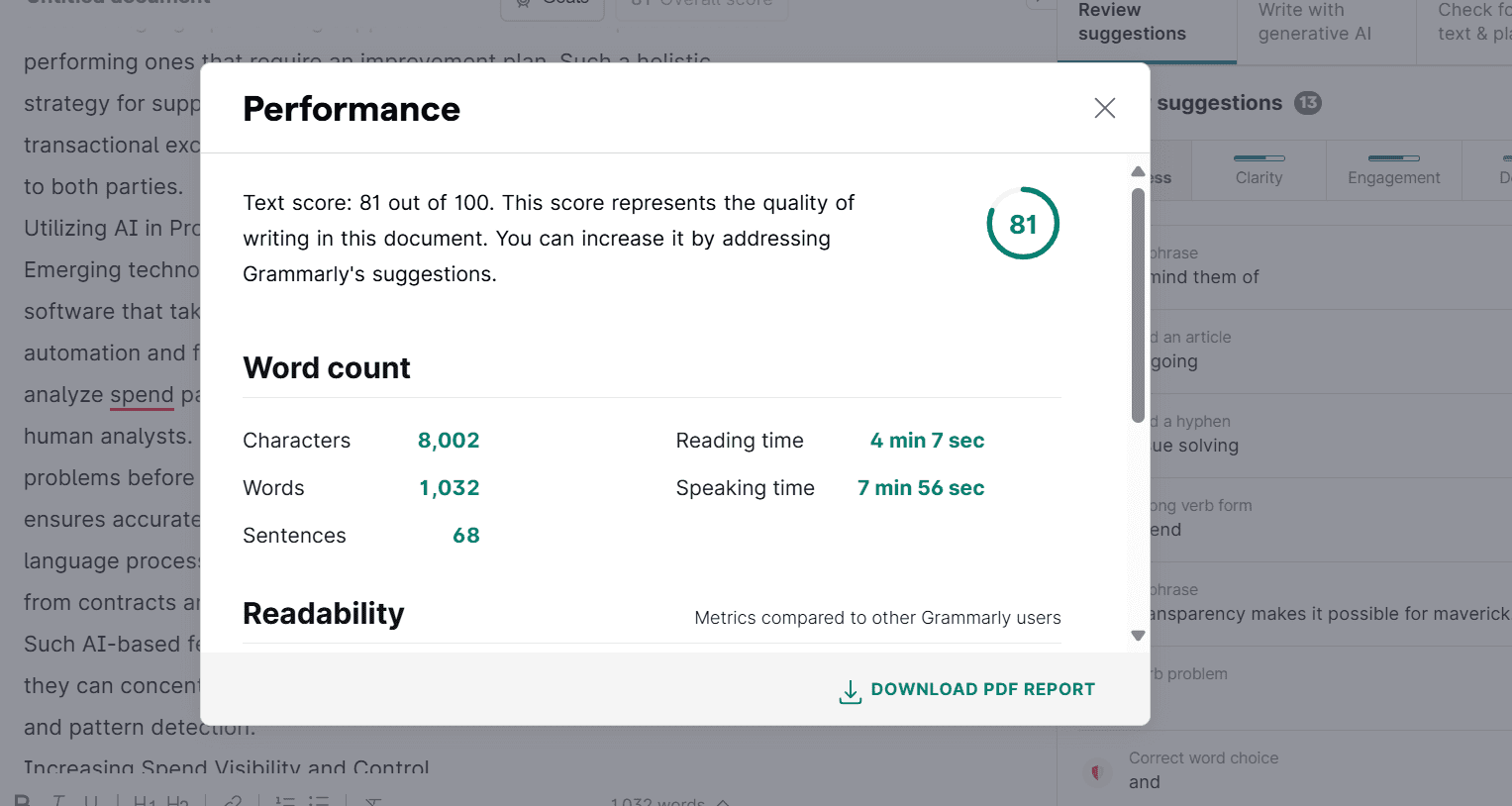Businesses today are facing increasing pressure to make their procurement system lean to stay competitive. Procurement, which involves purchasing goods and services that are to be used in the business, has transformed with technological progress. Organizations today are turning digital to redefine their buying activity, transforming it from labour-intensive manual labour into efficient processes. These software packages offer advanced features that can go a long way toward optimizing how companies buy goods and services, manage supplier relationships, and manage expenses. Small, medium, and large companies alike can then reap greater efficiency, cost savings, and strategic benefits from the procurement system when properly equipped with the right tools.

- Understanding Today’s Procurement Issues
Traditional procurement involves extensive paperwork, numerous approvals, and keying in data. Such old-fashioned approaches add roadblocks, increase the threat of errors, and limit insight into buying patterns. Procurement organizations frequently struggle with incoherent supplier data, inconsistent buying habits across departments, and the inability to track orders from requisition through delivery. Without central systems, organizations miss the opportunities for quantity discounts or fail to be able to enforce compliance with negotiated terms. These problems ultimately impact the bottom line in terms of higher costs, delayed projects, and wasteful use of procurement staff time.
- The Evolution of Procurement Technology
The landscape of the procurement system has transformed significantly over the past decade. Early digital solutions focused primarily on the straightforward automation of purchase orders and invoice processing. Sophisticated procurement system solutions available today offer end-to-end functionality across the entire purchasing life cycle. These feature-rich platforms connect with other business applications to expand workflows and feature mature analytics capabilities. Cloud-based platforms have made available advanced procurement technology to the doors of organizations regardless of size, not only the large organizations that have large IT budgets. Such a shift leveled the playing ground for access to a procurement system and raised the standards for what these systems must offer.
- Key Benefits of Procurement Software
Implementing a procurement system has many advantages for companies that want to streamline their purchasing procedures. The most apparent benefit is typically time savings through automation of routine processes such as purchase requisition, approval routing, and ordering. Cost savings result from enhanced spending transparency, contract compliance, and supplier consolidation. Strategic benefits include improved relationships with suppliers, more effective negotiating positions founded on analysis of data, and alignment of procurement activity with business goals. The systems also enhance internal policy compliance and external regulations and provide supporting documentation for audit.
- Core Capabilities of Effective Procurement
An effective procurement system possesses a set of core capabilities that add value to process improvements. These include requisition management, initiation and tracking of purchase orders, processing of invoices, and payment approval. Contract management functionality allows companies to enforce and administer agreed supplier terms. Supplier portals enhance communications and collaboration with suppliers. Reporting and analytics software make transactional data act, while approval processes allow for right control without intervening in approvals moving smoothly. Mobile functionality facilitates on-the-spot approvals and quick access to procurement information from the field. Features work synergistically to create an enterprise-grade procurement platform.
- Providing an Intuitive Requisition Process
Procurement cycles begin with demand detection and the creation of purchase requisitions. Existing software simplifies the process with friendly interfaces that guide users through the information required. Catalog capability allows employees to select pre-approved items at negotiated prices without having to search for suppliers each time. Templates for regular purchases save time and ensure consistency. Automated routing routes requisitions to the appropriate approvers by department, amount, or category.
- Automating Approval Workflows
Approval processes in a manual method typically result in massive delays in procurement. Software solutions address this problem through configurable workflows that automatically route requests to the appropriate decision-makers. The systems can handle complex approval hierarchies based on several factors, such as purchase amount, department, or product category. Notification processes remind approvers of outstanding requests and remind them of items awaiting action. Mobile approval capabilities ensure that travel or remote work will not slow the process. This automation maintains necessary oversight without slowing requisition-to-purchase time to an unacceptable extent.
- Streamlining Supplier Management
Effective procurement is based on sound supplier relationships. Software programs integrate supplier information, including contact information, performance metrics, certifications, and contract terms. These systems facilitate the onboarding of suppliers through self-service portals in which vendors have the ability to maintain their own information. The communication modules support an ongoing dialogue with suppliers about orders, delivery, and issue-solving. Performance measurement allows for determining high-performing suppliers for further development and low-performing ones that require an improvement plan. Such a holistic strategy for supplier management transforms vendor relationships from transactional exchanges into strategic alliances that deliver greater value to both parties.
- Utilizing AI in Procurement
Emerging technologies have witnessed the arrival of AI procurement software that takes efficiency to unprecedented heights with intelligent automation and forecasting capabilities. Such premium solutions can analyze spending patterns to identify cost-saving areas that may elude human analysts. Machine learning is able to predict supplier performance problems before impacting operations. Automated category classification ensures accurate coding of purchases for correct reporting. Natural language processing enables the automatic extraction of important data from contracts and invoices without the need for human examination. Such AI procurement software features complement human procurement experts so that they can concentrate on strategy while technology does routine analysis and pattern detection.
- Increasing Spend Visibility and Control
The most valuable benefit of a procurement system is visibility into organizational spending. Centralized buying systems gather infinitesimal data about each purchase, creating a comprehensive picture of departmental, category, vendor, and time-period expenditures. Transparency makes it possible for maverick spending in unauthorized channels, purchase consolidations to leverage bargaining power, and potential policy abuse.

Conclusion
Software-based procurement automation has an enormous potential for organizations to achieve efficiency, save costs, and provide strategic value. By automating manual steps, providing more visibility into spend, and fortifying supplier connections, these platforms transform procurement into an administrative task from a business success strategic game. The key is selecting solutions that address specific organizational needs, having them implemented and adopted effectively, and harvesting the data and intelligence these systems provide on an ongoing basis. Effectively carried out, AI procurement software is not another business application but a wonderful facilitator of operational excellence and competitive differentiation.

